You may want your business to sell more in the online world. Of course, it is not always possible to achieve this with a single and powerful ad display. Oftentimes, visitors visit an e-commerce website, view products, even add some to their shopping cart and proceed to checkout. However, these steps do not mean they are ready to demonstrate the user’s buying behavior. Users who leave the site with a full cart or who have spent a lot of time on the site keep looking at similar products over, and after a while, they get tempted to show their buying behavior for a certain period. This is where ad retargeting strategies should be included.
So what you need to do is clear: do not give up on users visiting your website, do not give up until they show buying behavior, and provide them with ads through ad retargeting. Research shows that 97 percent of customers leave the site without making a purchase. They are having a good time on your site but not responding. Even though your visitors are having a good time on your site, they are leaving your site. How can you attract this 97 percent, who can be a very powerful audience for you? This is exactly where retargeting campaign begins.
Retargeting Strategies
Let’s now examine the most used retargeting strategies in a closer look.
Site Retargeting
Site retargeting is the most common and most effective form of retargeting. This is for users who have visited your site but left without taking a desired action, such as buying or filling out a form. By placing a tracking pixel on your site, you can follow these visitors around the web and remind them of your products or services. The goal is to bring them back to your site to complete what they started. Site retargeting is powerful because you’re targeting users who have already shown interest in what you offer, so conversion is more likely.
Search Retargeting
Search retargeting is targeting users based on their search behavior. This is for users who have searched for specific keywords related to your business, even if they haven’t visited your site. By using search engine data, you can identify potential customers who are actively looking for products or services like yours. This method captures the interest of users during the research phase of their buying journey, so it’s a great way to attract new leads.
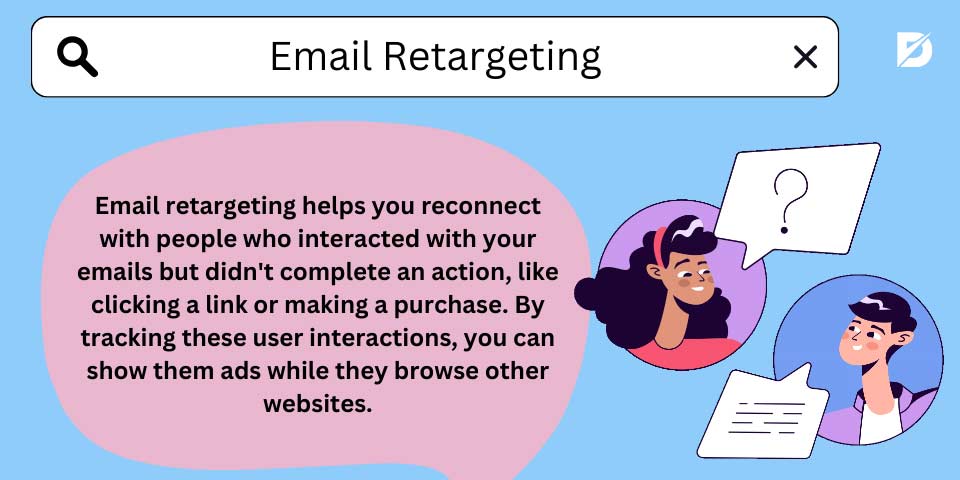
Email Retargeting
Email retargeting is for users who have engaged with your email campaigns but didn’t take the desired action, such as clicking a link or buying. By tracking these interactions you can serve ads to these users as they browse other sites. This strategy is to reinforce your message and keep your brand top of mind, so conversion is more likely. Email retargeting is great for re-activating inactive subscribers and nurturing leads through the sales funnel.
Social Media Retargeting
Social media retargeting uses platforms like Facebook, Instagram, LinkedIn, and Twitter to serve ads to users who have interacted with your brand on those networks. By using all the data available on social media, you can create super-targeted campaigns that reach users based on their interests, behaviors, and previous interactions with your brand. This also helps with conversions and brand awareness and keeps your brand top of mind in users’ feeds.
Contextual Retargeting
Contextual retargeting is showing ads to users based on the context of the websites they visit. This uses data about the content and themes of the pages users are browsing to show relevant ads. For example, a user reading an article about fitness might see ads for workout gear or health supplements. Contextual retargeting makes sure your ads are shown in context so users are more likely to engage and convert.
Dynamic Retargeting
Dynamic retargeting takes personalization to the next level by showing users ads with the exact products or services they viewed on your site. This uses data feeds to generate ads for each user based on their behavior. For example, if a user looks at a specific pair of shoes on your site, they will see ads for that same pair as they browse other sites. Dynamic retargeting is great at reminding users of what they are looking at and encouraging them to return and complete the purchase.
Video Retargeting
Video retargeting is for users who have interacted with your video content, whether it’s on your site, YouTube channel, or social media. This allows you to show follow up ads to users who watched your video but didn’t take further action. Video retargeting is super engaging as it uses the power of video to reinforce your message and drive conversions. It helps keep users connected and guides them to buy.
Mobile Retargeting
Mobile retargeting targets users on their mobile devices. With people spending more and more time on their smartphones and tablets, this is a must for reaching users where they are most active. Mobile retargeting can include in-app ads, mobile web ads, and even SMS marketing. By optimizing your retargeting for mobile, you can make sure users see your ads in a convenient and accessible way and get higher engagement and conversions.
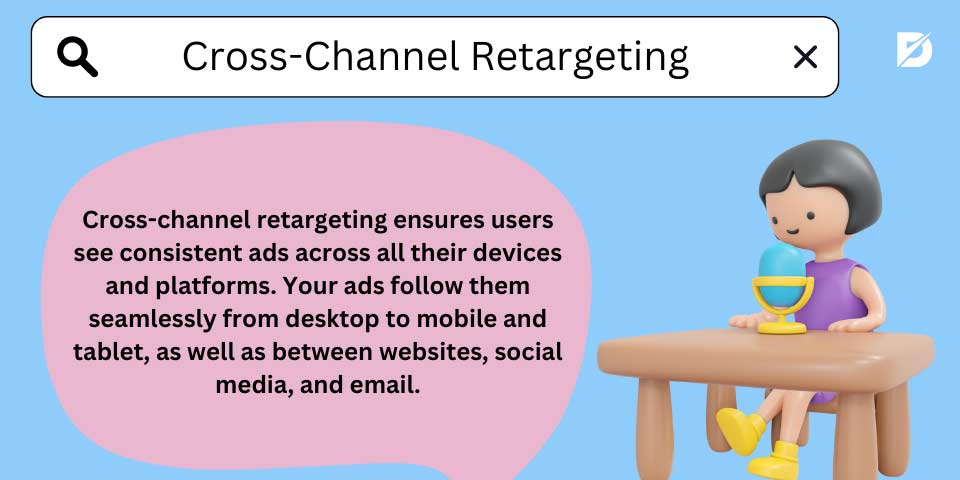
Cross-Channel Retargeting
Cross-channel retargeting is showing users across multiple channels and devices a seamless and consistent experience. This means your retargeting ads follow users as they switch between their desktop, mobile, and tablet devices and between platforms like websites, social media, and email. Cross-channel retargeting keeps your brand top of mind and reinforces your message so you can reach users where they are most engaged.
How to Use Ad Retargeting Strategies
Now, we will explain the ad retargeting strategies and how you can implement them in your ads and business. Ad retargeting and the remarketing process require a lot of patience and work. However, don’t feel discouraged, and give yourself some time. Let’s check the strategies you can use for your ad retargeting process.
Set Your Timing and Frequency Well
First, learn what is retargeting deeply to understand these strategies. Once you’ve chosen your retargeting ads strategies and learned what asset is used to build a remarketing list, it’s time to move on to another important step. First of all, we should state that the average and reasonable of something can always offer you the most efficient result. This is also the case in e-commerce. What is e-commerce, though? We can say that the most important thing for many stores selling in e-commerce is to always keep customer interest high.
Retargeting advertising can also be the best tool to achieve this. If you start distributing retargeting ads immediately after making a purchase, they may want to leave the site immediately. You run the risk of ads coming off as annoying or offensive. Comparatively, waiting too long can cause your customers to forget your brand and support your competitors instead. To find the perfect balance, you may need to ask yourself questions such as whether there is a relationship between demographics, behaviors, product type, and frequency of purchase. After all, you don’t want to overwhelm shoppers with ads, which can have a negative effect. It’s crucial that you respect their online space without sacrificing your own goals.
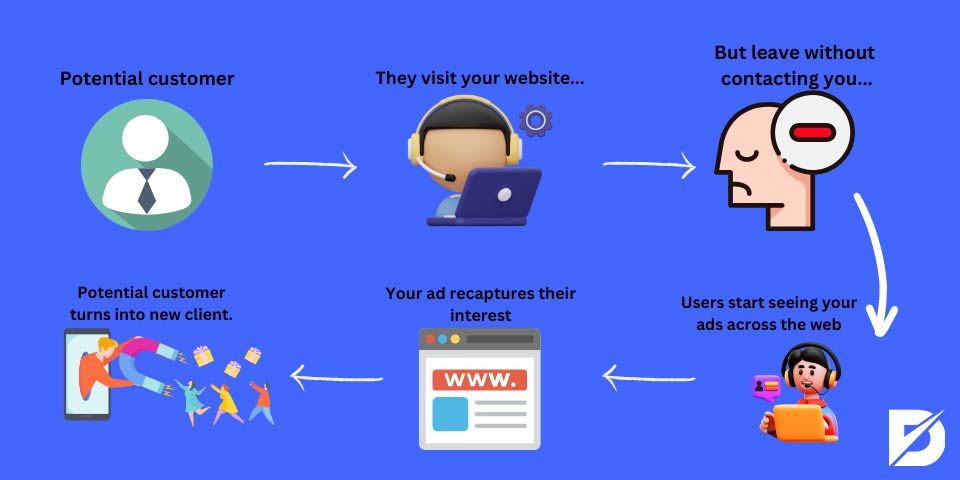
Know Who You’re Targeting
Before making improvements to your site with retargeting strategies, you need to determine who you are targeting primarily. You can easily segment and filter your users based on their behavior. For example, you should find out how to distinguish your customers who only visit certain pages, add products to their cart, and leave their cart before completing the purchase.
Plan When to Stop Displaying Ads
There’s no need to use retargeting strategies for new shoppers and those who are less likely to shop again. You may want to stop the ad when the shopper has already purchased the item. If you are not sure how to stop Google Ads, check here. Similarly, be sure to set up your campaign to exclude customers who pay at the end. Not filtering these audiences can reduce the performance of your campaign.
Be Patient
The retargeting process is painful, and you should be patient. It will take time for you to observe the results. The longer your retargeting campaign runs, the more likely you are to see conversion rates increase. In the behind-the-scenes process, you will create an impact where your brand is strengthened in the minds of thousands of customers, and the products will stay in their minds.
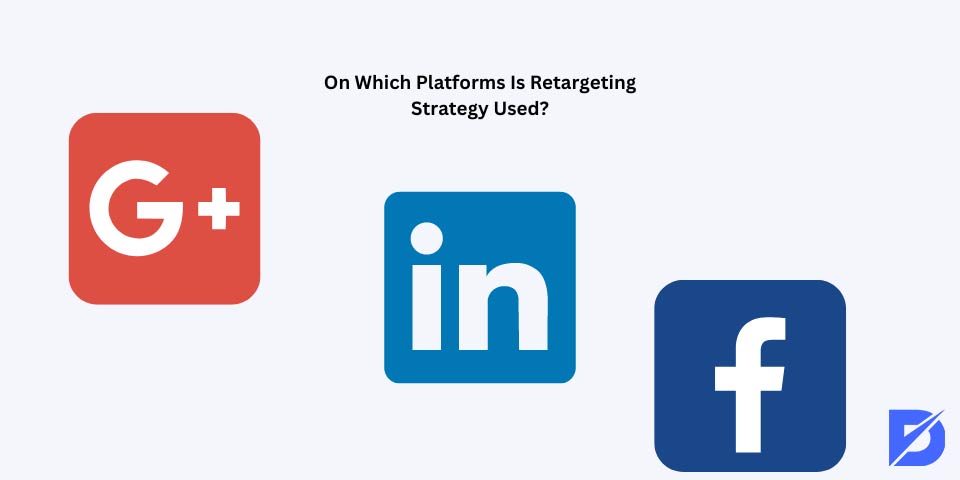
On Which Platforms Is Retargeting Strategy Used?
Retargeting ads examples are currently used primarily on the following platforms:
- Google Ads Retargeting: to facilitate retargeting through Google Ads, you need to select your target audience through the Keywords and Targeting button. Choosing the right audience for your campaign is the backbone of retargeting.
- LinkedIn Retargeting: It is possible to run ads on LinkedIn based on retargeting logic. To do this, you need to perform Audience Matching in Campaign Manager and determine the website URL you want to retarget after creating your audience.
- Facebook Retargeting: Facebook retargeting strategies are also one of the most powerful ways to reach users you already know via dynamic ads. Using Facebook to convert visitors into more loyal customers might be a good idea.
Why Should You Do Retargeting?
Targeting is one of the first steps in digital marketing you take to reach your customers. Retargeting means a second chance to remind your customers about you and get them to buy a product or service. When your customers are considering purchasing your product or service, it’s like a scam. For example, a customer who has not bought a shoe that they like before thinks about how it will stand on him. Then, if you haven’t forgotten the shoe, you can use instant retargeting marketing to catch it and encourage it to buy. Or if a guy interested in electronics hasn’t forgotten the phone model he’s looking at, you can suddenly bring it up again. He will most likely want to buy it, and if he can afford it, he will.
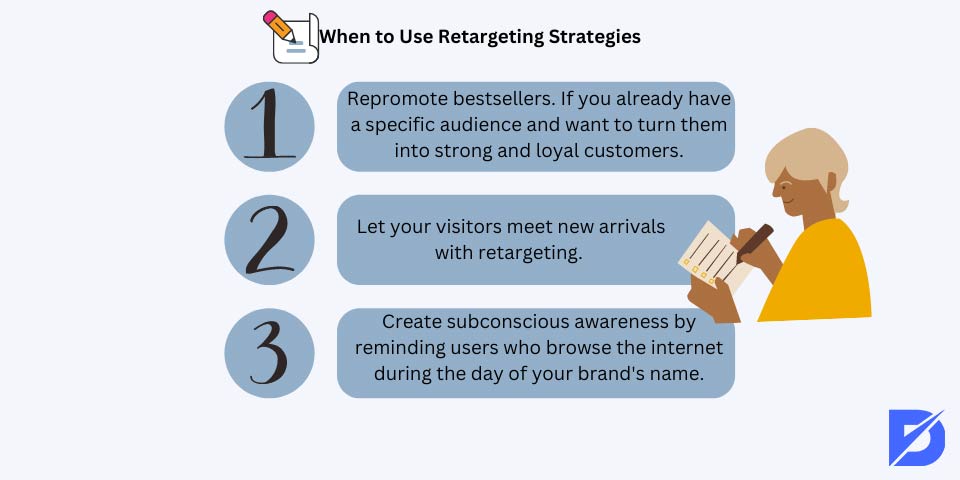
When to Use Retargeting Strategies
Using retargeting strategies for the right audience at the right time significantly increases your conversion rates. We would like to share a few tips on the right time to use retargeting, which we have compiled from the input of marketing experts.
- Repromote bestsellers. If you already have a specific audience and want to turn them into strong and loyal customers, it might be a good idea to create brand recognition and remind yourself by showcasing your bestsellers.
- Are you launching new collections? Then you need to promote them! You need more than email marketing to promote your newly launched products to visitors and customers who know you. Let your visitors meet new arrivals with retargeting. This way, you’ll get them to hear your brand more often and maximize their conversion chances. Facebook retargeting ads and Google Adwords retargeting ads, in particular, offer extremely powerful methods in this regard.
- Create subconscious awareness by reminding users who browse the internet during the day of your brand’s name. Social psychology studies often talk about the powerful influence of exposure. Users exposed to the images or names of your brand and products may be more likely to seek you out when they need something. By increasing your exposure, you can also enhance the image of your business brand in the minds of potential customers.
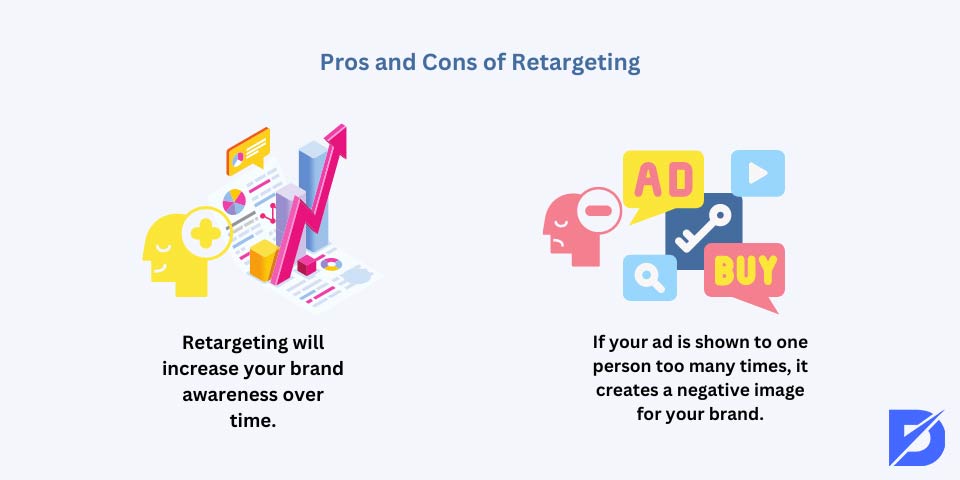
Pros and Cons of Ad Retargeting
Although retargeting is a commonly used method in digital marketing, it can sometimes be difficult for you despite the beneficial results. If your ad is shown to one person too many times, it creates a negative image for your brand. One of the disadvantages of retargeting is that you will constantly be shown in a way that annoys the other party. Furthermore, if your ads are shown to a person who has a problem with your brand and uses your website to complain, they will remember the same problem again. It may be good for you to weigh the pros and cons of retargeting. Yes, it can have some drawbacks, but if this method that positively affects the buying process is profitable for you, you should go ahead with it. Also, retargeting will increase your brand awareness over time.
A Brief Information About Ad Retargeting
Ad retargeting is a successful branding tool. They work as part of a broader marketing strategy. It is also very successful in conversion optimization. But it does not drive traffic to the website. Therefore, it is necessary to use strategies to target customers. In this way, brand awareness is increased, and the audience is reminded of the purchase. If done well, it provides easy access to valuable products and services. You should implement strategies to appeal to non-converting visitors.
Frequently Asked Questions About
Retargeting is a marketing tool that makes ads incredibly powerful and increases the impact of ads perfectly. These ads are one of the best ways to attract the right customers to your website and generate additional revenue for your business.
E-mail, websites, and social media are the most important marketing tools used by small businesses, and it is very important to use them correctly.
Many internet users research by visiting different websites before buying products. Retargeting campaigns play an important role in influencing the behavior of users who have gone through this process. Users who see your ads are more likely to buy your products than others.
After you create the audience source in Google Ads, the system will present you with some automatically defined audiences. However, you can create audiences within a set of rules you define by clicking the + icon in the Audience Lists section.
The target market changes according to the company, and the target market is determined according to the target customer and the products that the company wants to sell.

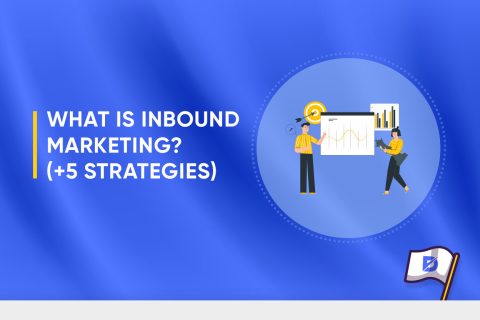

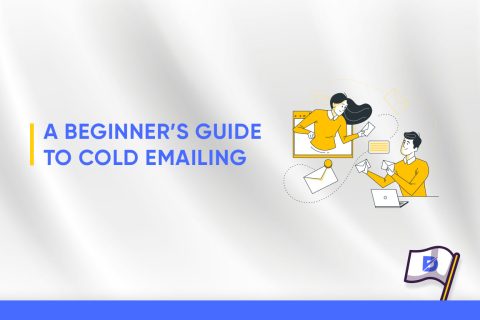
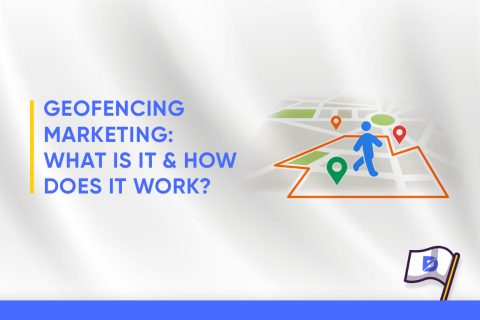
No comments to show.